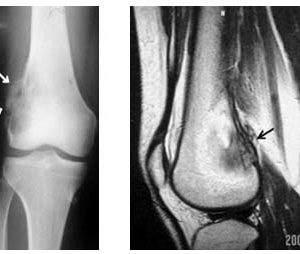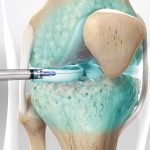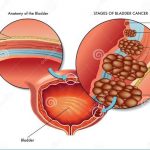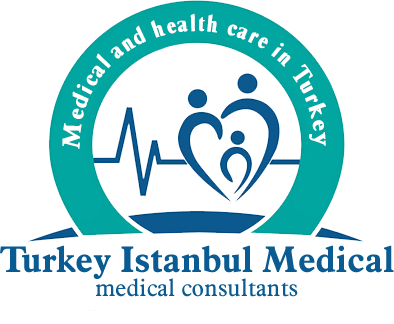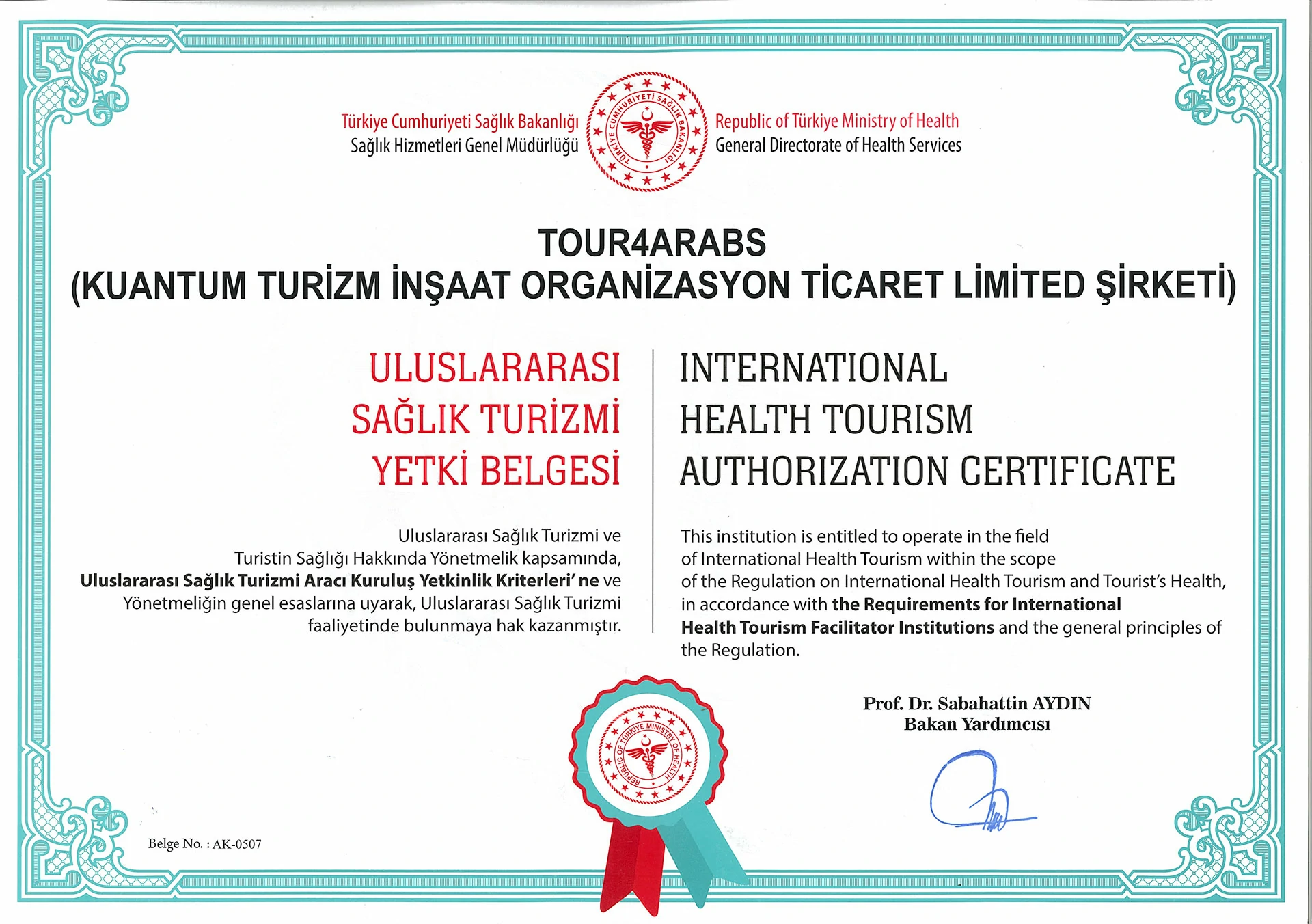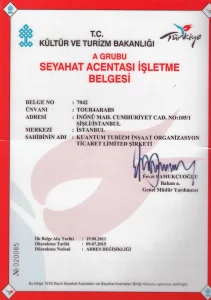Usually, the swelling that develops due to a fire in the joints and surrounding tissues i.e. inflammation is mainly due to osteoarthritis, rheumatoid arthritis, bursitis and trauma.
However, osteoid bone and joint osteomas, such as enkondromas due to tumor formation, can be painful or painless swellings..
Osteoarthritis
Osteoarthritis is an inflammation of the joints. It is characterized by deterioration, wear and tear of the articular cartilage. As a result, joint damage begins and swelling and pain occurs in the joint.
The disease is most common in the feet, knees, waist, hips, and fingers. Osteoarthritis is three times more common in women and usually begins after the age of 60. It is due to joint overload.
How’s the treatment going?
The goal of treatment for osteoarthritis is to relieve pain, stiffness, and swelling in the joint and to ensure that the joint continues to function normally. Paracetamol is the best medicine for osteoarthritis pain.
Applying anti-inflammatory creams around the joint may be of benefit. In addition, applying an ice pack to the joint once or twice a day reduces pain. If treatment is not sufficient, a local anesthetic and cortisone and hyaluronic acid are injected into the knee joint.
Osteoid osteoma
Osteoid osteoma is a benign bone tumor and accounts for 10% of benign bone tumors. It is more common in the childhood age group. Boys are seen 2-3 times more than girls. It usually contains long bones (tibia, thigh bones, arm bones). It is also rare to see in other bones.
What are the symptoms of osteoid osteoma?
Osteoid osteoma usually presents with pain. The typical characteristic of pain is that it passes with aspirin. Pain is usually more common at night. Pain in the tumor area may also be accompanied by swelling.
How is osteoid osteoma diagnosed?
The diagnosis of osteoid osteoma is usually made by clinical examination and X-ray film. The diagnosis can be clarified by a CT scan and rarely an MRI scan may be necessary.
What happens if the osteoid osteoma is left untreated?
In patients with pain, the quality of life may deteriorate, and pathological bone fracture may occur in the bone in the later period. This happens when force is applied to the bone as a result of the weakening of the bone due to the tumor tissue.
Treatment of osteoid osteoma
Osteoid osteoma can be treated in 2 ways;
- Surgical treatment
- Non-surgical ablation therapy (RF ablation)
An orthopedist and radiologist who knows the patient well and is interested in diagnosis and treatment must decide together which method of treatment to apply. Pediatric paediatricians may need to be part of this team.
Today, the use of the radiofrequency ablation technique has become more and more common. This method shows less damage to normal bone tissue and the healing process is faster.
What is radiofrequency ablation?
Radiofrequency ablation has been a method used in medicine for 15 years. With this method, harmful bodily tissues (such as tumors, bony prominences, some nerve tissue, etc.) are destroyed – burned off by high heat, and this process is called ablation.
In the removed tissue, cells die and cannot function. As a result, these harmful tissues are killed, function is lost, and the results obtained are equivalent to surgical treatment.
How is radiofrequency ablation used in osteoid osteoma?
RF ablation is often used in osteoid osteoma because it only destroys tumor tissue, causing less damage to normal bone tissue. The procedure is performed while the patient is under general anesthesia or spinal anesthesia.
Osteosarcoma
Osteosarcoma (osteogenic sarcoma) is the most common malignant bone tumor in children and adolescents.
In osteosarcoma, the patient is known to have genetic abnormalities. These patients were most often between 13 and 17 years old. The chromosomes are abnormal.
What are the symptoms of osteosarcoma?
- Osteosarcoma is most common in the lower end of the femur and the upper end of the tibia, and usually occurs in long bones. The main finding in most patients is pain.
- In half of the cases, there is an addressed mass. In the area of involvement, restriction of movement and weakness of the extremities (limbs) can be observed.
- 15% of tumors that metastasize (spread) occur and often spread to the lungs, other bones and the brain.
What are the radiographic and laboratory results?
- In 50% of patients, serum alkaline phosphate in the blood and in 25%, serum lactate dehydrogenase (LDH) is elevated.
- Direct radiography can give a diagnosis. (X-ray image; lytic and sclera lesion with bone construction and destruction present)
Treatment of osteosarcoma
Treatment of osteosarcoma is carried out depending on the stage of the tumor. Today, surgical treatment, chemotherapy and wide resection (tumor removal) and chemotherapy after resection in the form of disease. The response to radiation therapy (radiation therapy) is poor.
